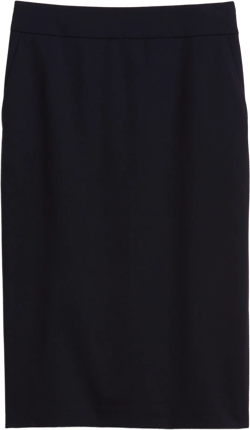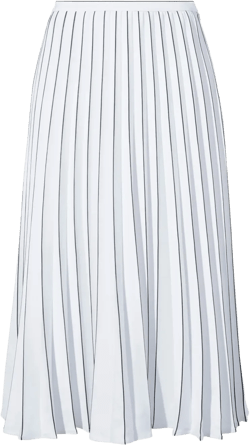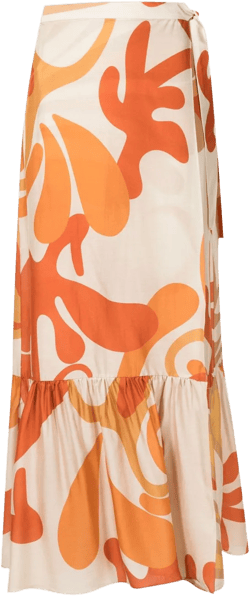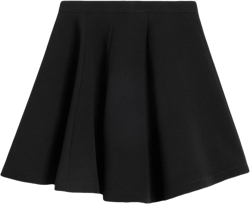Let's start with the undeniably chic pencil skirt — a powerhouse of versatility found hanging in every fashionista's closet. Imagine the pencil skirt as the little black dress of the skirt world. This...
Products

Siena Wool Pencil Skirt | Banana Republic
Banana Republic$99.99
(128)

high-waisted wrap skirt
VOZ$695.00
(128)

pleated crepe midi skirt
Proenza Schouler White Label$173.00
(128)

Women's Trendy Summer Casual Pleated Striped Maxi Flared Beach Skirt High Waist A-Line Flowy Midi Skirts Long Dresses Yellow XX-Large
BEYINCUTE$19.99
(128)

swirl-print wrap skirt
Adriana Degreas$245.00
(128)

virgin-wool skater skirt
AMI Paris$415.00
(128)







